Take a look at this cool vintage panoramic film camera. This cheap Horizon 202 panoramic camera made by Russian KMZ delivers incredible results. It gives you a unique perspective and is an affordable way to get awesome panoramic film images.
Hi, this is Jay P. Morgan. Today on The Slanted Lens we’re out here in Death Valley. I brought with me a little film camera I found a box in my office that I haven’t shot with in years. So I thought this would be fun to take it out to Death Valley and shoot some panoramic shots. 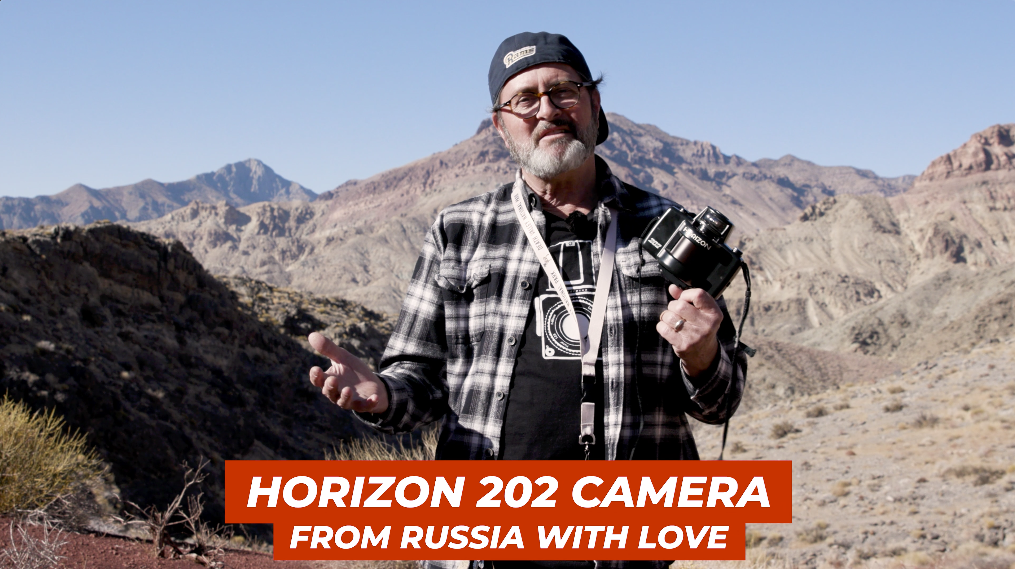 It’s a panoramic film camera. I couldn’t afford the Hasselblad XPAN or the Fuji GX617, which made great panoramic shots.
It’s a panoramic film camera. I couldn’t afford the Hasselblad XPAN or the Fuji GX617, which made great panoramic shots. 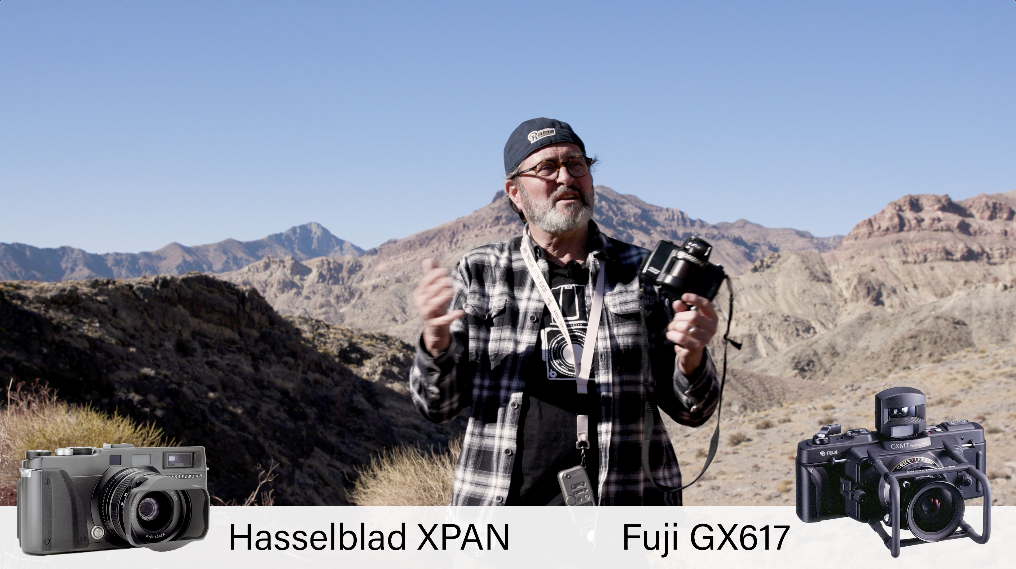 In that day they were expensive cameras, around $3,000-4,000 then. You can’t get them for under $3,000 now. So I bought this little Horizon 202.
In that day they were expensive cameras, around $3,000-4,000 then. You can’t get them for under $3,000 now. So I bought this little Horizon 202.
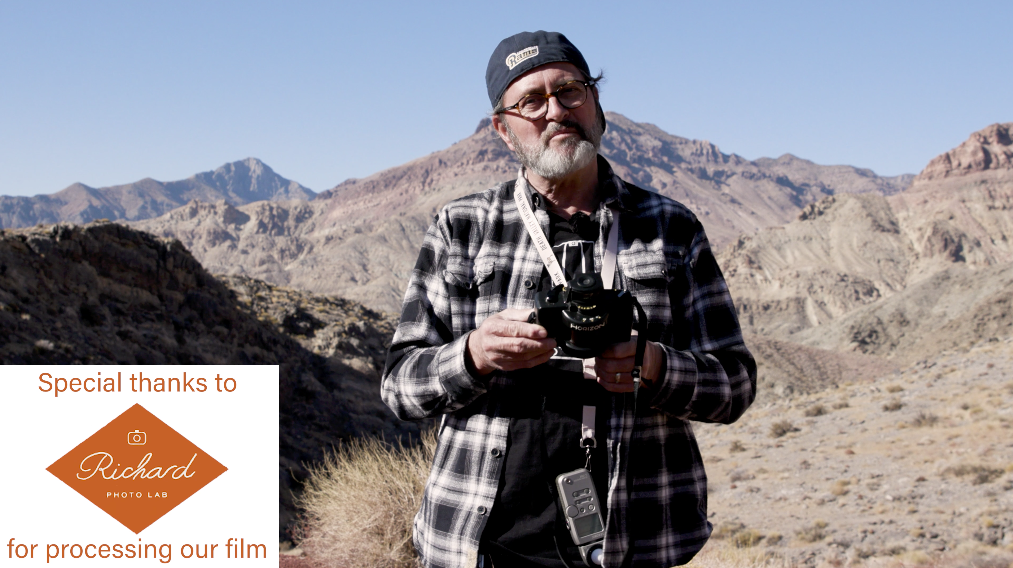
The Hasselblad and Fuji have a lens that is really optically made to give you a 180 degree view. 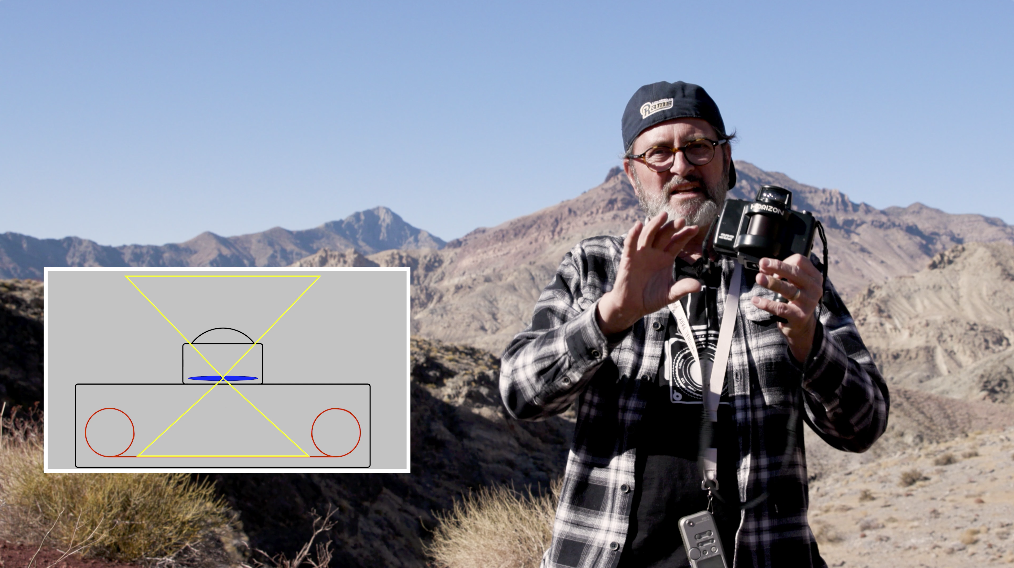 This one has a 28 millimeter lens, it’s a 2.8.
This one has a 28 millimeter lens, it’s a 2.8. 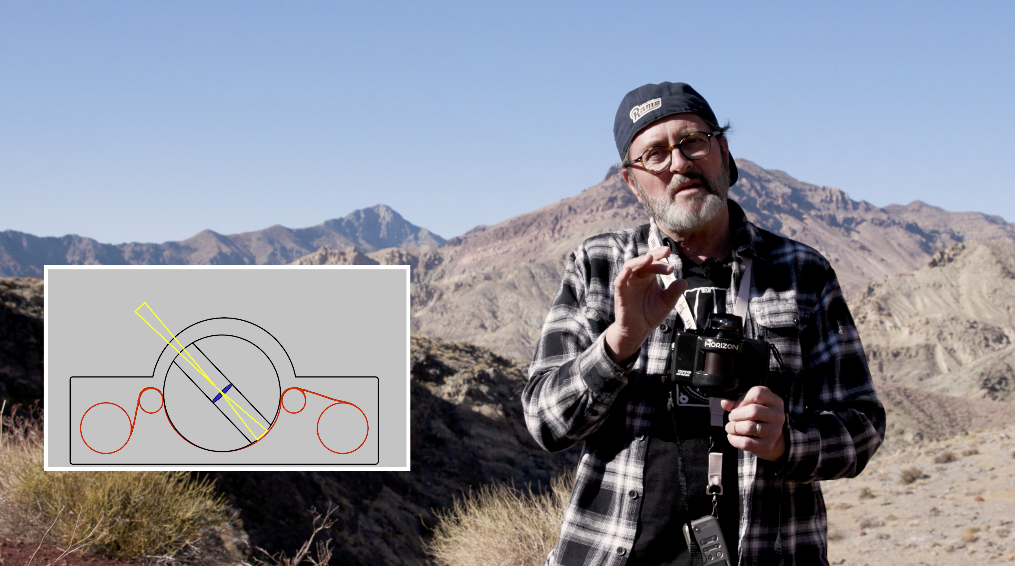 But the lens swings on an axis inside the camera. And it’s going to expose just over two frames of 35 millimeter film. So you’re not dealing with the edges that start to have softness or issues. You’re dealing with the middle of the sharpest part of the lens for the entire exposure.
But the lens swings on an axis inside the camera. And it’s going to expose just over two frames of 35 millimeter film. So you’re not dealing with the edges that start to have softness or issues. You’re dealing with the middle of the sharpest part of the lens for the entire exposure. 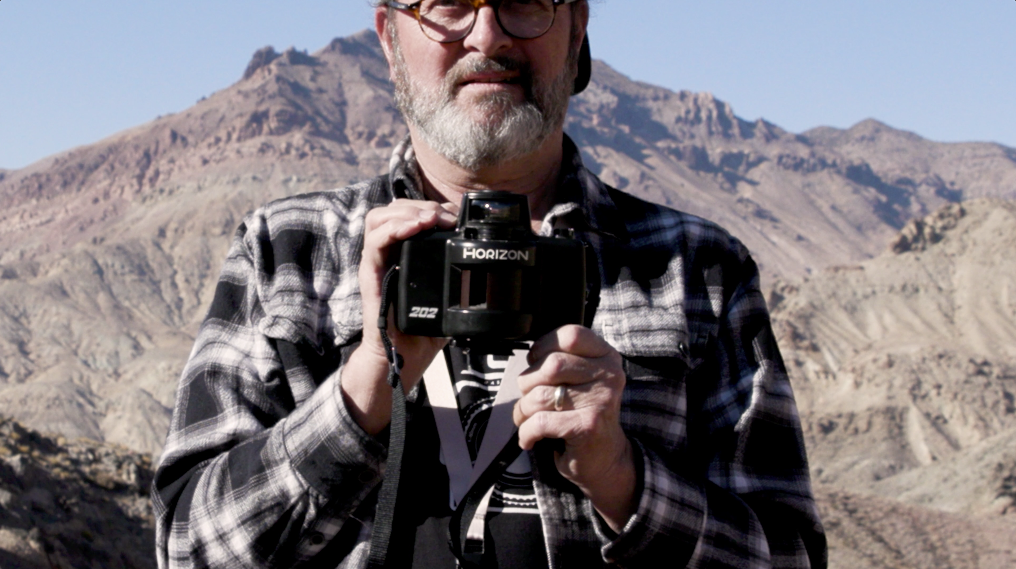 So in reality it should be sharper, cleaner, and not have the edge problems you get with a flat plane panoramic camera where optics start to fall apart a little bit on the edges. You can get chromatic aberration, you can get vignetting and softness on the edges of lenses. This is using the middle of the lens to make the entire exposure and it should be sharper.
So in reality it should be sharper, cleaner, and not have the edge problems you get with a flat plane panoramic camera where optics start to fall apart a little bit on the edges. You can get chromatic aberration, you can get vignetting and softness on the edges of lenses. This is using the middle of the lens to make the entire exposure and it should be sharper.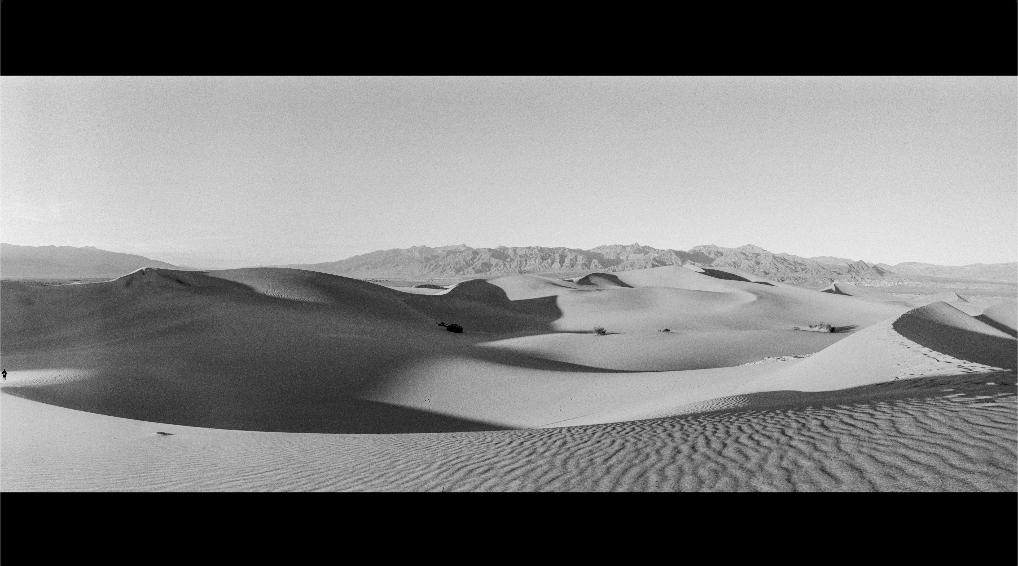
Let’s talk about the origins of this camera. This camera is a Russian made camera. It’s a company called KMZ (Krasnogorsky Mechanichesky Zavod). 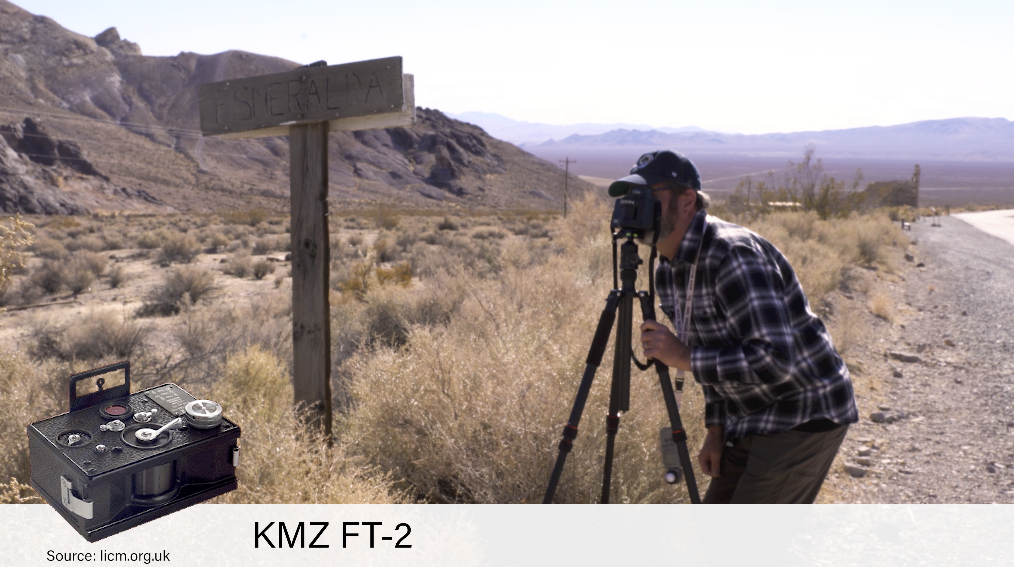 KMZ made a very boxy, metal camera in the early days of the company. It only had one set of gears which gave you four speeds. In 1989 they kind of reworked it and went from that metal box to this ABS plastic housing. And they also put a second gear on the cameras.
KMZ made a very boxy, metal camera in the early days of the company. It only had one set of gears which gave you four speeds. In 1989 they kind of reworked it and went from that metal box to this ABS plastic housing. And they also put a second gear on the cameras. 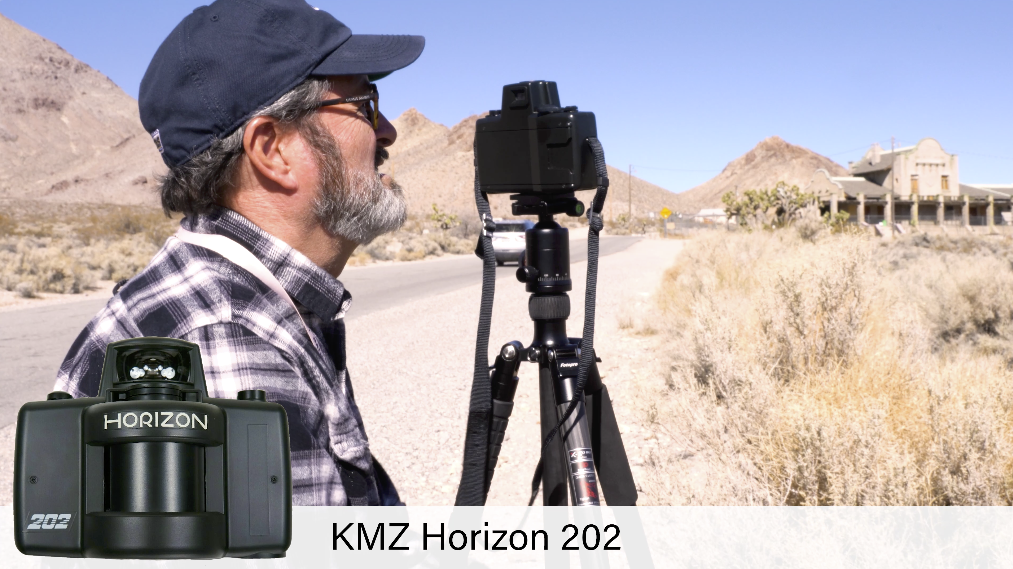 So you now had eight shutter speeds. So you have those slow speeds and faster speeds as well. So it was a no brainer. People were shooting panoramics. The expensive cameras were out there and this was an inexpensive option. I don’t want to say hobbyist, but kind of a hobbyist way to get into the market to be able to shoot panoramic images.
So you now had eight shutter speeds. So you have those slow speeds and faster speeds as well. So it was a no brainer. People were shooting panoramics. The expensive cameras were out there and this was an inexpensive option. I don’t want to say hobbyist, but kind of a hobbyist way to get into the market to be able to shoot panoramic images.
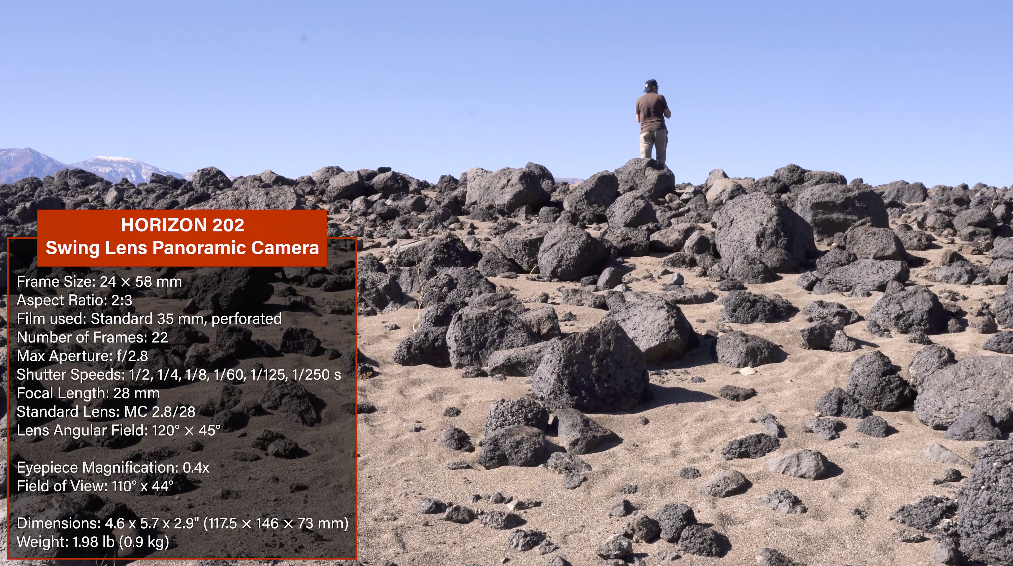 This is one of the disadvantages of this camera. And that is the focus is set on infinity. So if you get something really close to you, and you’re shooting at f/2.8, there’s no way it’s going to be in focus. Because it is set on infinity. You cannot focus this camera. You can’t change the focus. You just have to live with the focus that it gives you.
This is one of the disadvantages of this camera. And that is the focus is set on infinity. So if you get something really close to you, and you’re shooting at f/2.8, there’s no way it’s going to be in focus. Because it is set on infinity. You cannot focus this camera. You can’t change the focus. You just have to live with the focus that it gives you.
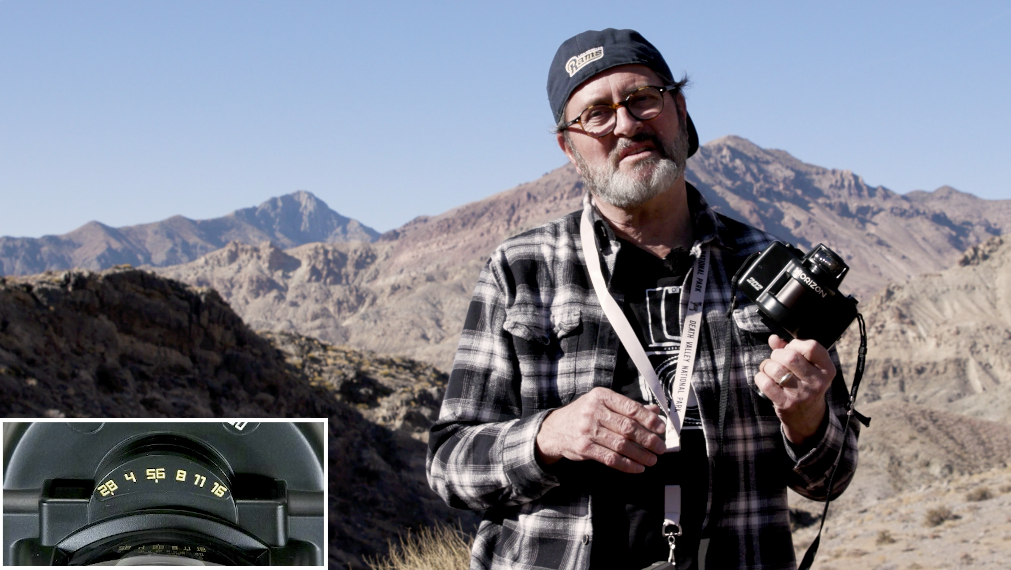 It also has varied shutter speeds. And the way this works is it’s got a slit that opens. And that slit just travels around that little cylinder inside.
It also has varied shutter speeds. And the way this works is it’s got a slit that opens. And that slit just travels around that little cylinder inside. 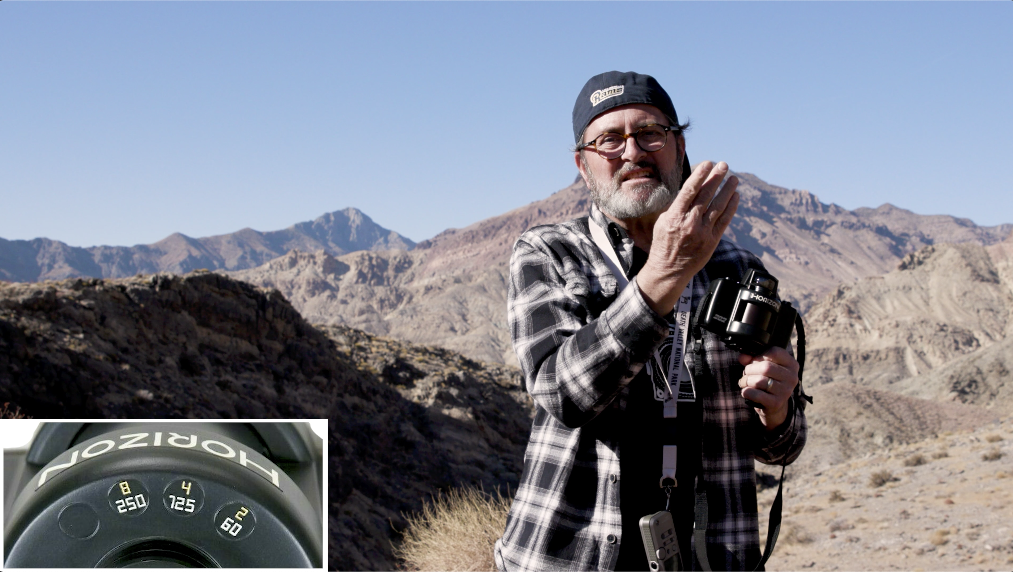
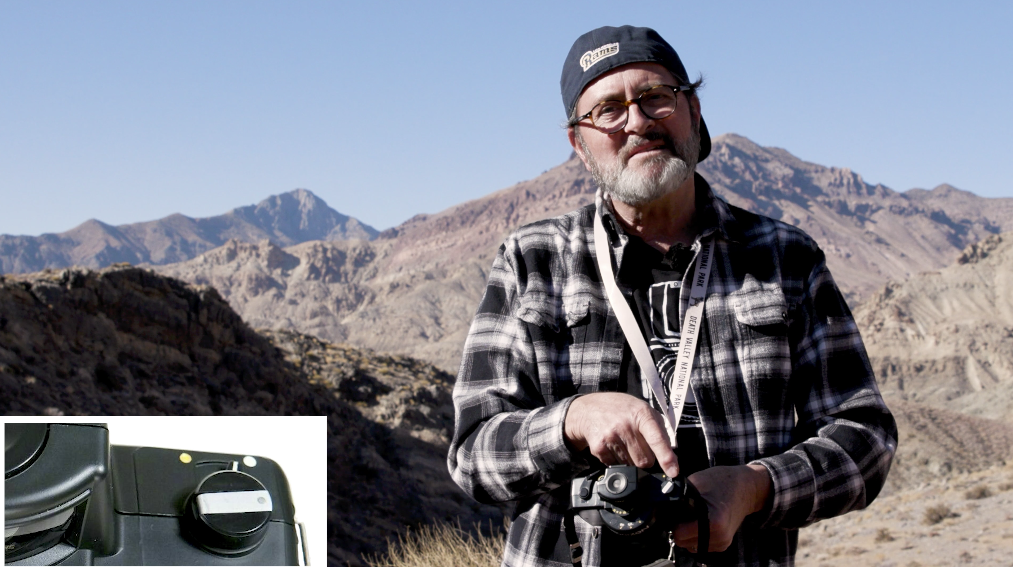 You can go from 250,125 or 60. Those are your three options on the white button on the top. Now if I switch it to the yellow button on the top, I now have a 2 second 4 second and 8 second choice. Those are the only shutter options, 2 seconds, 4 seconds, 8 seconds, or 60,125 or 250.
You can go from 250,125 or 60. Those are your three options on the white button on the top. Now if I switch it to the yellow button on the top, I now have a 2 second 4 second and 8 second choice. Those are the only shutter options, 2 seconds, 4 seconds, 8 seconds, or 60,125 or 250.
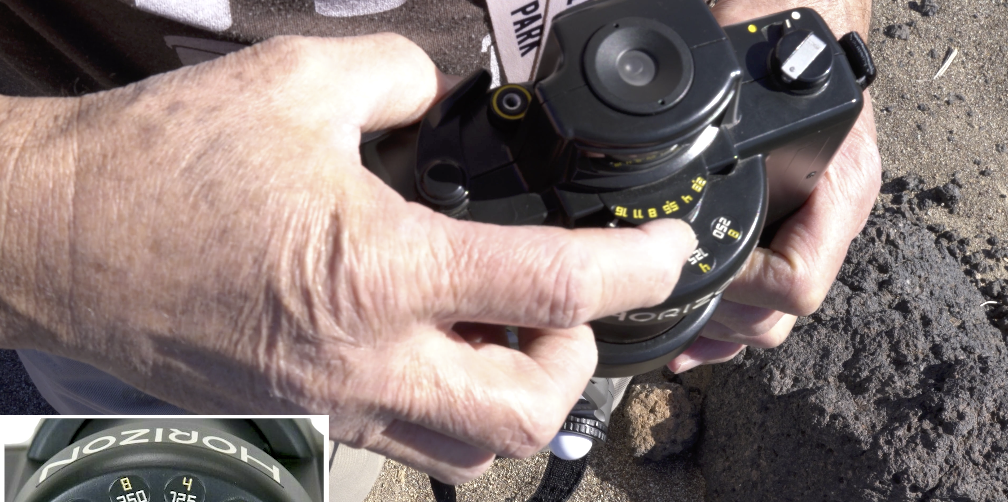
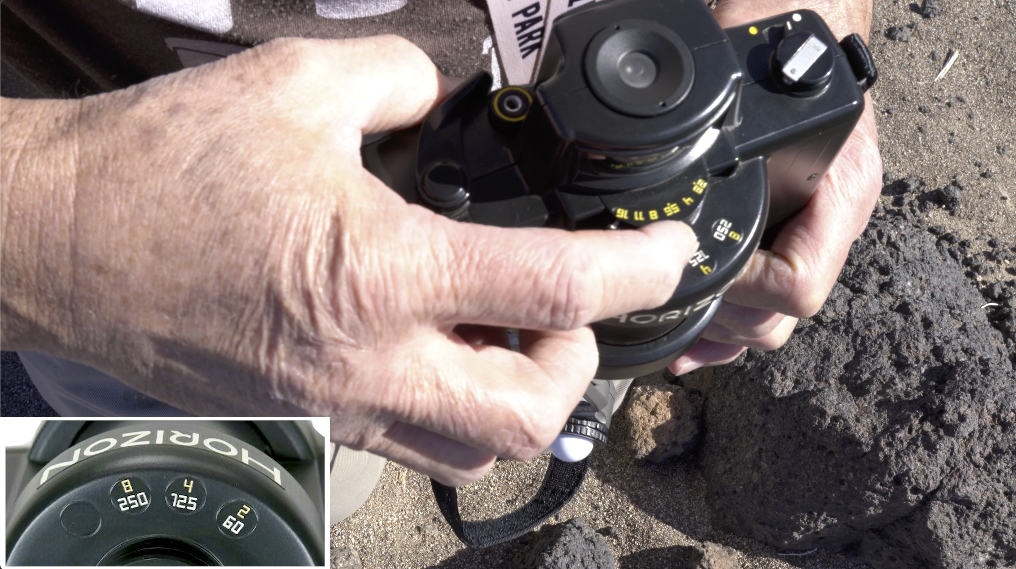 What if I want to try to do a portrait of someone? I photographed an individual at a cemetery we were at just for fun.
What if I want to try to do a portrait of someone? I photographed an individual at a cemetery we were at just for fun. 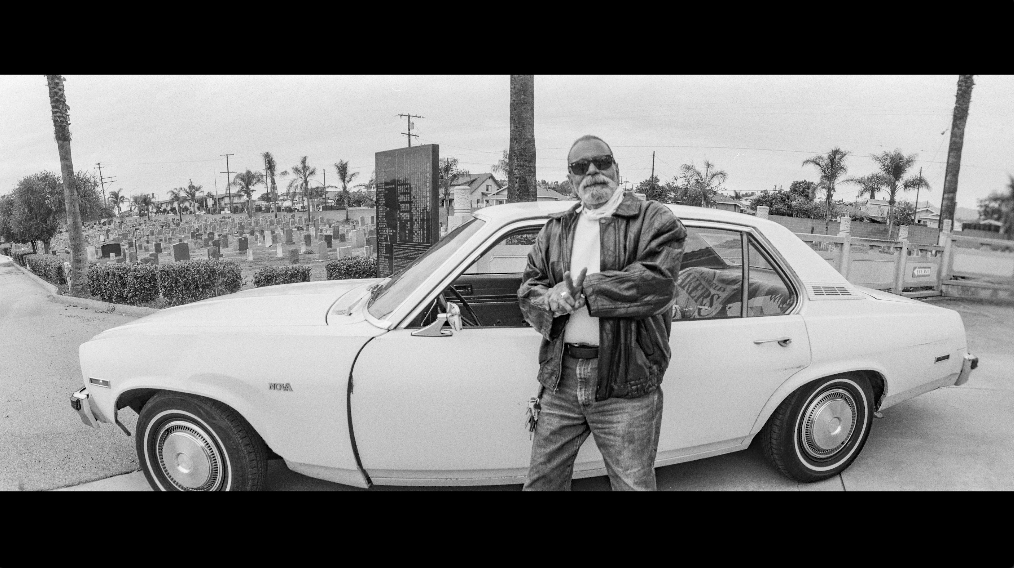 I wanted to shoot that in as much light as possible and as close to f/16 as possible if I want to get that person very close to the camera. Because you’ve got to build enough depth of field to be able to get things close to you in focus.
I wanted to shoot that in as much light as possible and as close to f/16 as possible if I want to get that person very close to the camera. Because you’ve got to build enough depth of field to be able to get things close to you in focus.
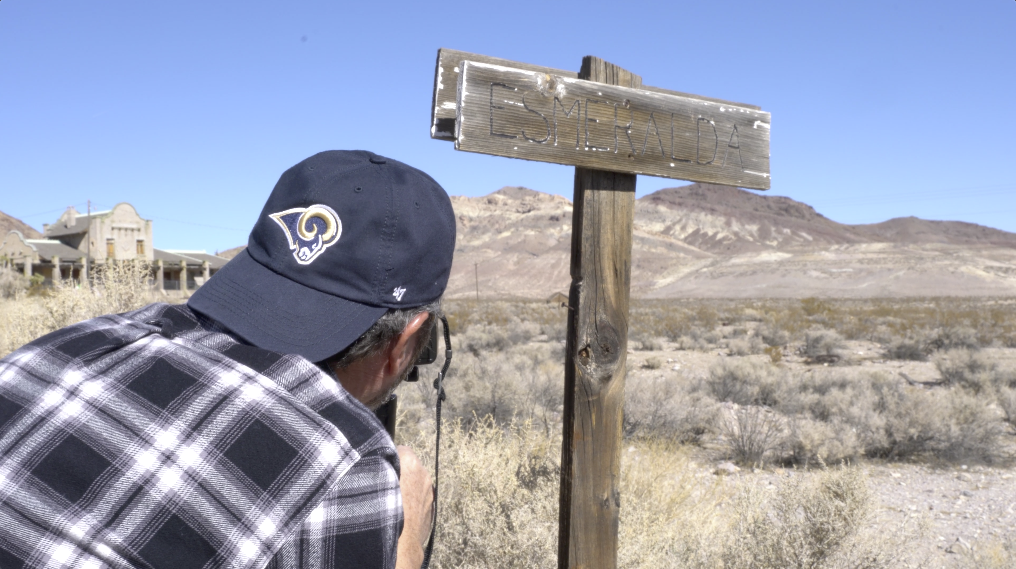
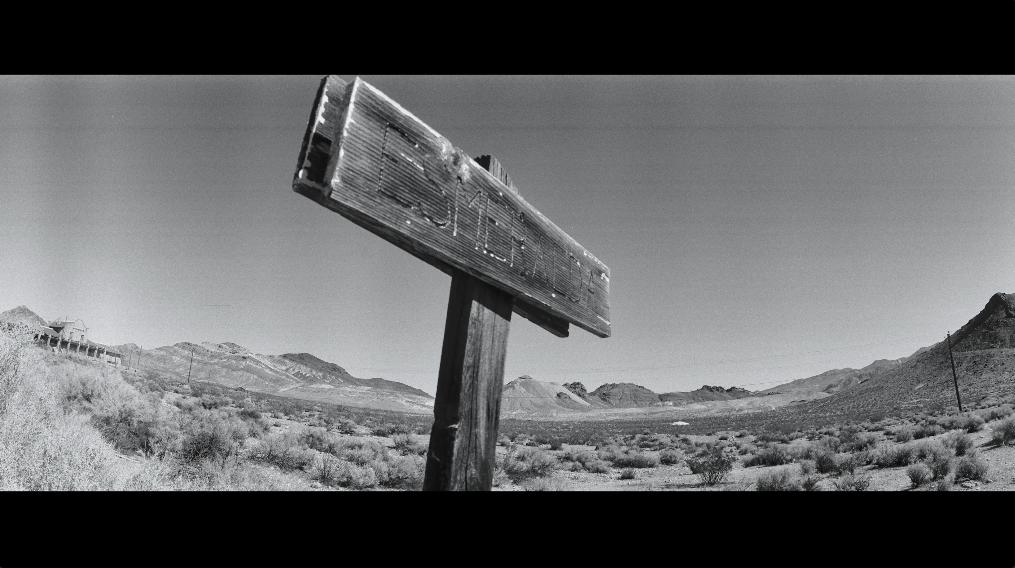 I shot a sign out at an old ghost town. And I got that very close. And it’s going to be in focus roughly. I was very close to it. But it’s going to start to fall off a little bit in the front. The focus is going to move away from the camera as you go from f/16 and start to open wider and wider on the lens. So it’s always going to be focused on infinity.
I shot a sign out at an old ghost town. And I got that very close. And it’s going to be in focus roughly. I was very close to it. But it’s going to start to fall off a little bit in the front. The focus is going to move away from the camera as you go from f/16 and start to open wider and wider on the lens. So it’s always going to be focused on infinity. 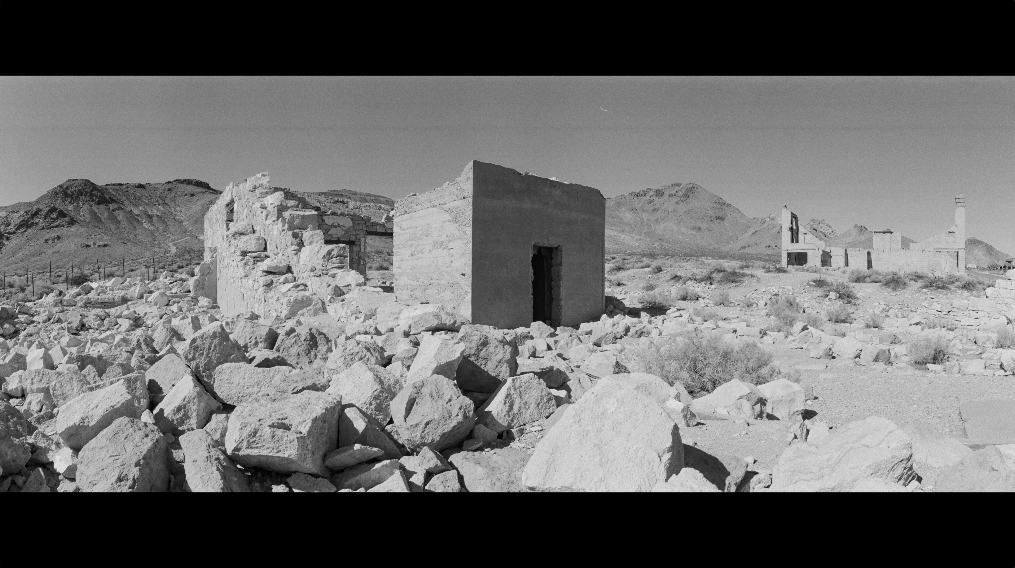 But f/16 is going to come up to almost three feet from the camera. But if you go to f/11 it is going to probably go to like five feet from the camera. And then f/8 is going to to go further and further away from you as you open the aperture wider and wider. So that’s the disadvantage of the camera.
But f/16 is going to come up to almost three feet from the camera. But if you go to f/11 it is going to probably go to like five feet from the camera. And then f/8 is going to to go further and further away from you as you open the aperture wider and wider. So that’s the disadvantage of the camera.
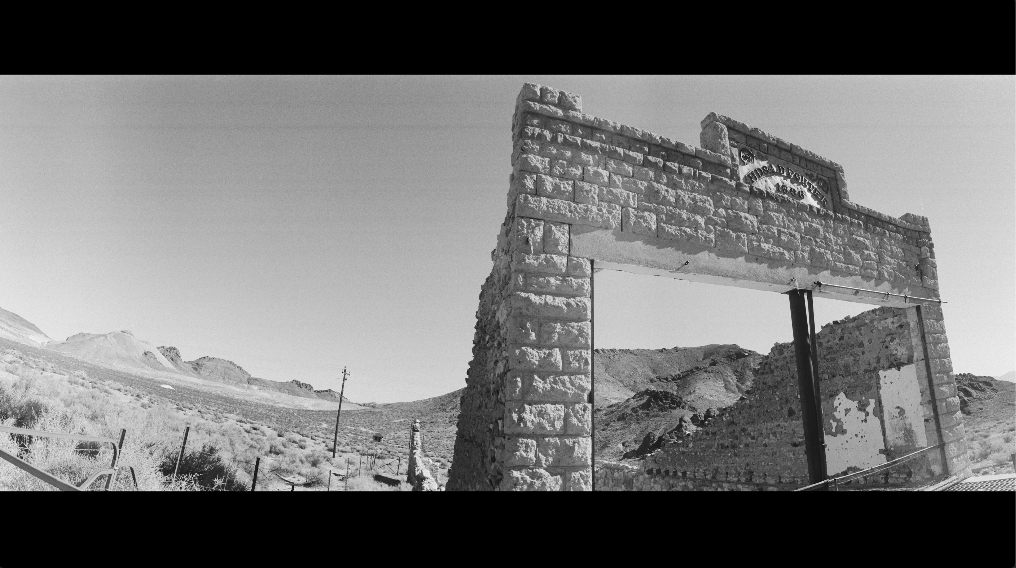 But the advantage is it’s inexpensive. And it gives you a great panoramic view. And it shoots film. So I’ve been shooting this camera for a while. Here’s some images I did at arches, just really great vistas.
But the advantage is it’s inexpensive. And it gives you a great panoramic view. And it shoots film. So I’ve been shooting this camera for a while. Here’s some images I did at arches, just really great vistas.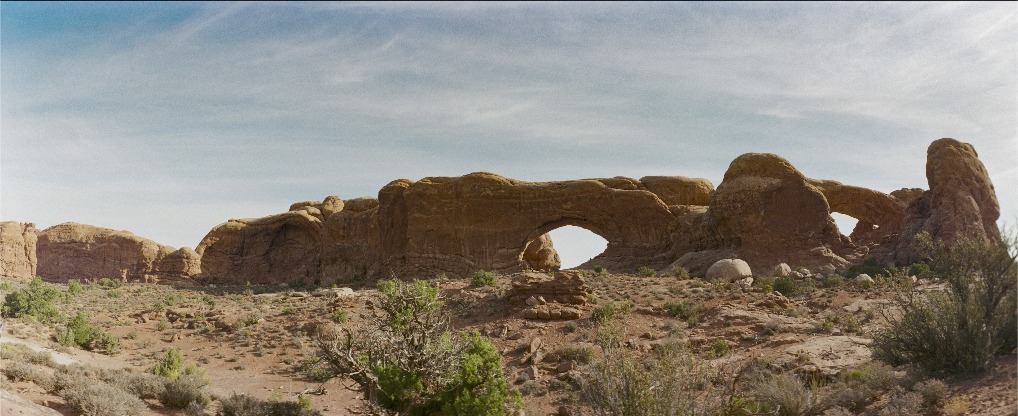
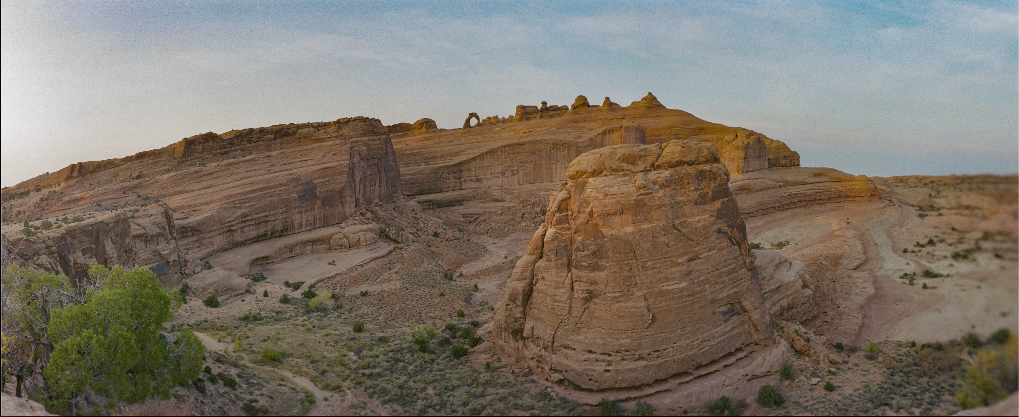
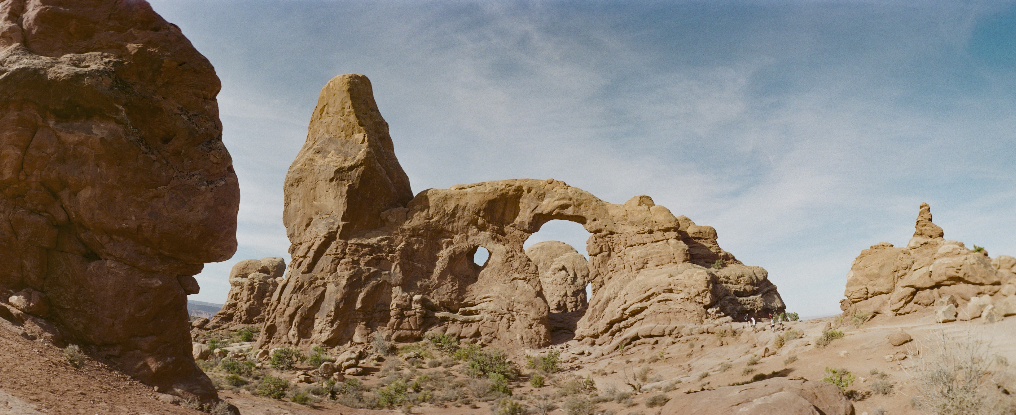
Here’s some other images I shot at a cemetery we went out to one day. These are from a couple of cemeteries where we shot some images with it.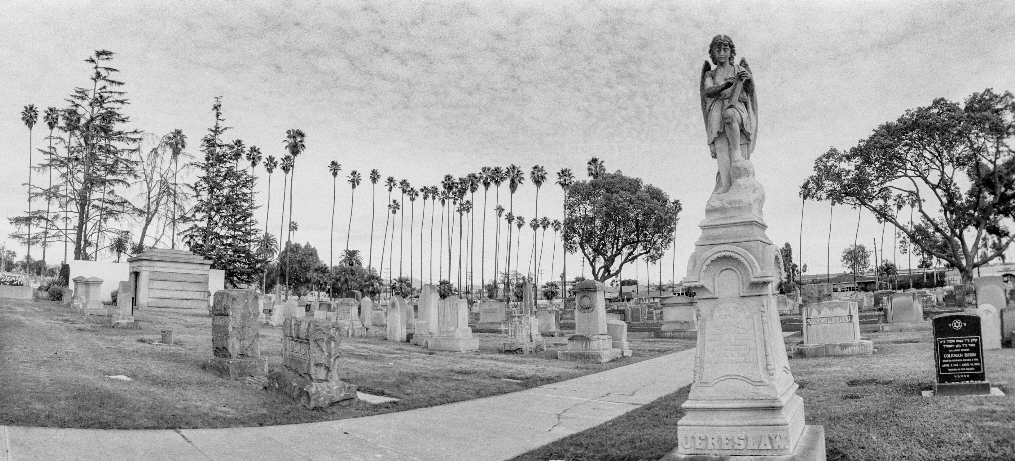
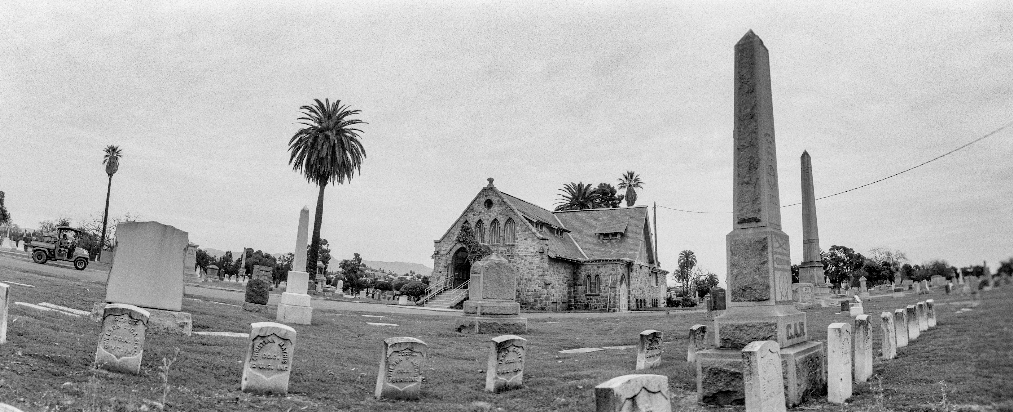
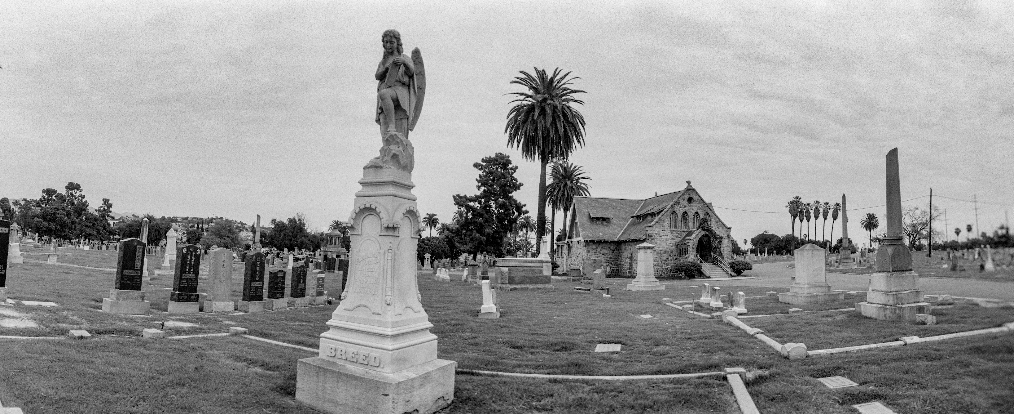
I really enjoy shooting with this camera. It is an easy camera to use. Except for loading the film which may be a little bit difficult.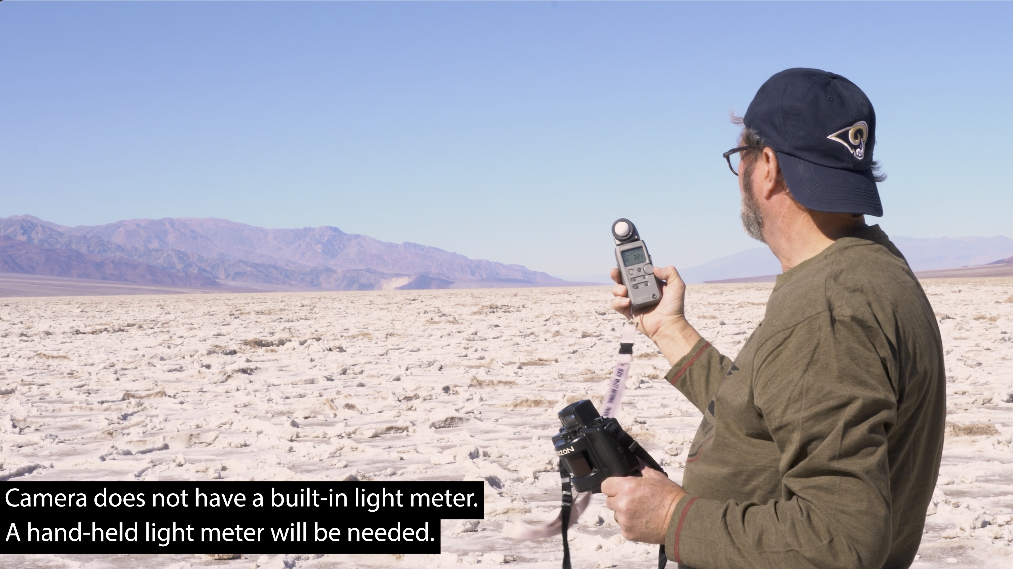 You do have to take a meter. You’re going to take a meter reading because there’s no meter in the camera and there’s no focus. So it really is a little bit about calculating what the camera will do.
You do have to take a meter. You’re going to take a meter reading because there’s no meter in the camera and there’s no focus. So it really is a little bit about calculating what the camera will do.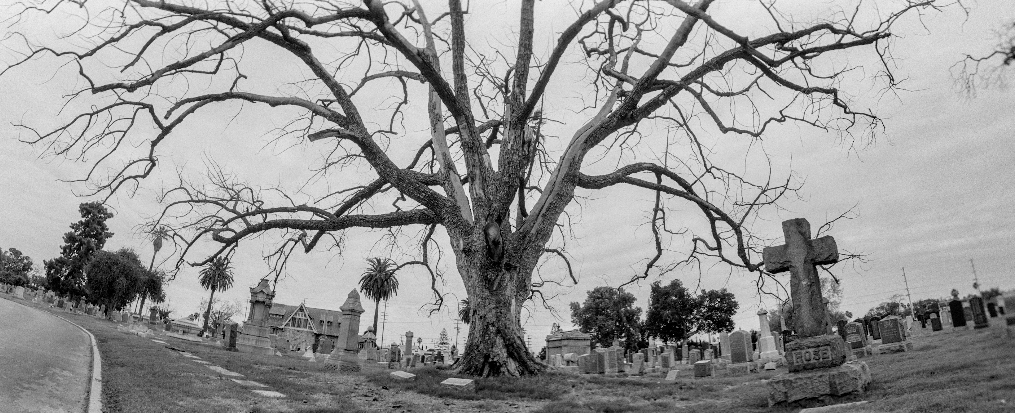
Keep that in mind as you use it. You’ve got to understand focus distance, that f/16 gives you about three feet distance from the camera in focus. 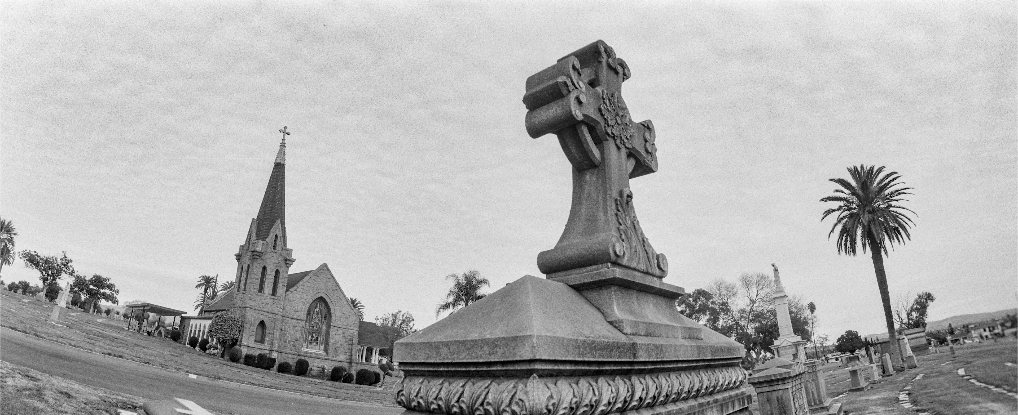 And as each aperture gets smaller then it’s going to give you less in focus close to the camera. So you have to have those things in mind when you work with it.
And as each aperture gets smaller then it’s going to give you less in focus close to the camera. So you have to have those things in mind when you work with it.
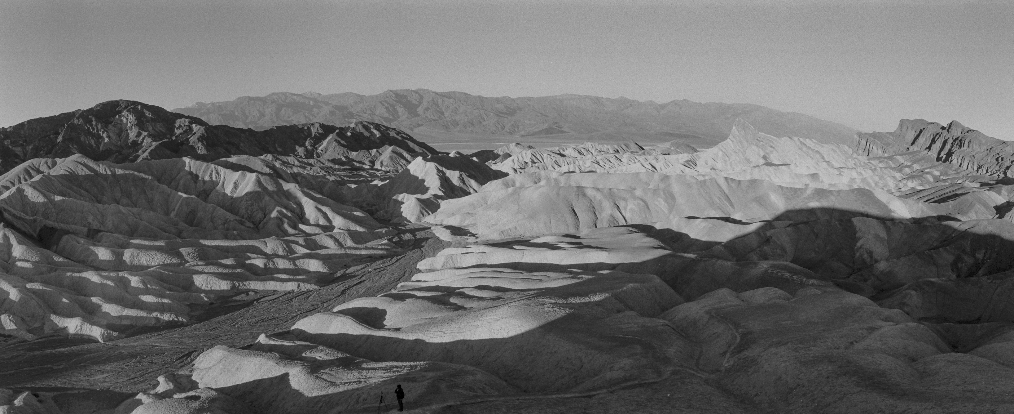 But if you want to camera that gives you a different perspective, it’s just fun to use. I mean for the compromises you have to make to use this camera is well worth it. I think it’s a fun camera to use to be able to shoot film and shoot a panoramic view. And so I would check it out.
But if you want to camera that gives you a different perspective, it’s just fun to use. I mean for the compromises you have to make to use this camera is well worth it. I think it’s a fun camera to use to be able to shoot film and shoot a panoramic view. And so I would check it out.
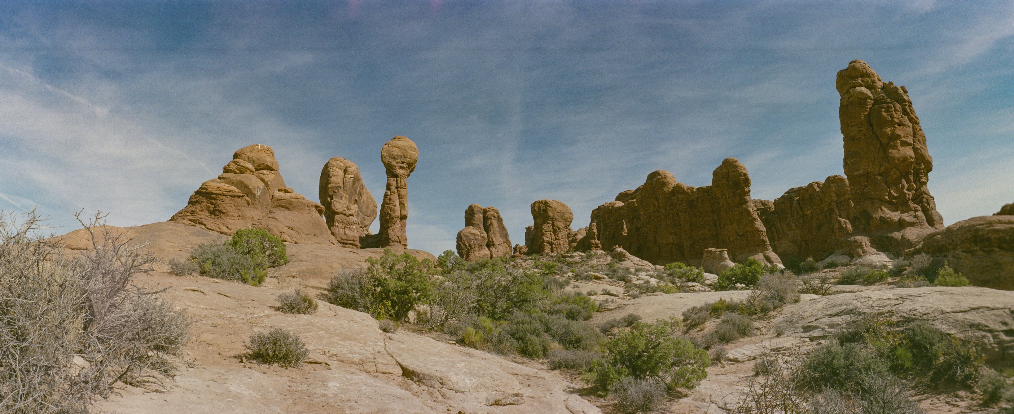 So there you have it. There’s my thoughts about this camera. If there are other old film cameras that you think would be interesting for us to use and shoot and talk about, leave it in the comments of our YouTube channel, YouTube.com/TheSlantedLens. I’m looking for something interesting to shoot with, something fun and different. So keep those cameras rollin’ and keep on clickin’.
So there you have it. There’s my thoughts about this camera. If there are other old film cameras that you think would be interesting for us to use and shoot and talk about, leave it in the comments of our YouTube channel, YouTube.com/TheSlantedLens. I’m looking for something interesting to shoot with, something fun and different. So keep those cameras rollin’ and keep on clickin’.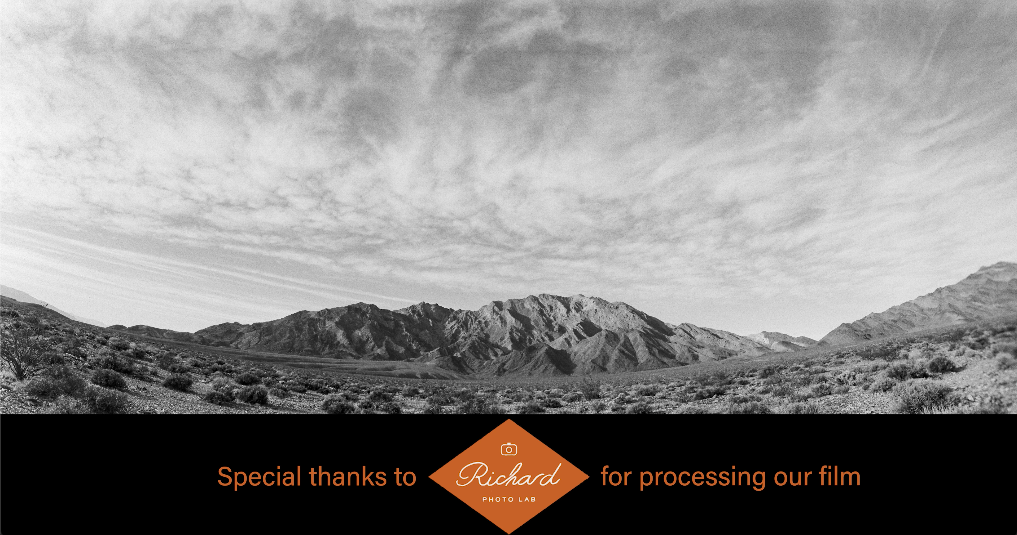
Thanks to Richard Photo Lab for processing our film.